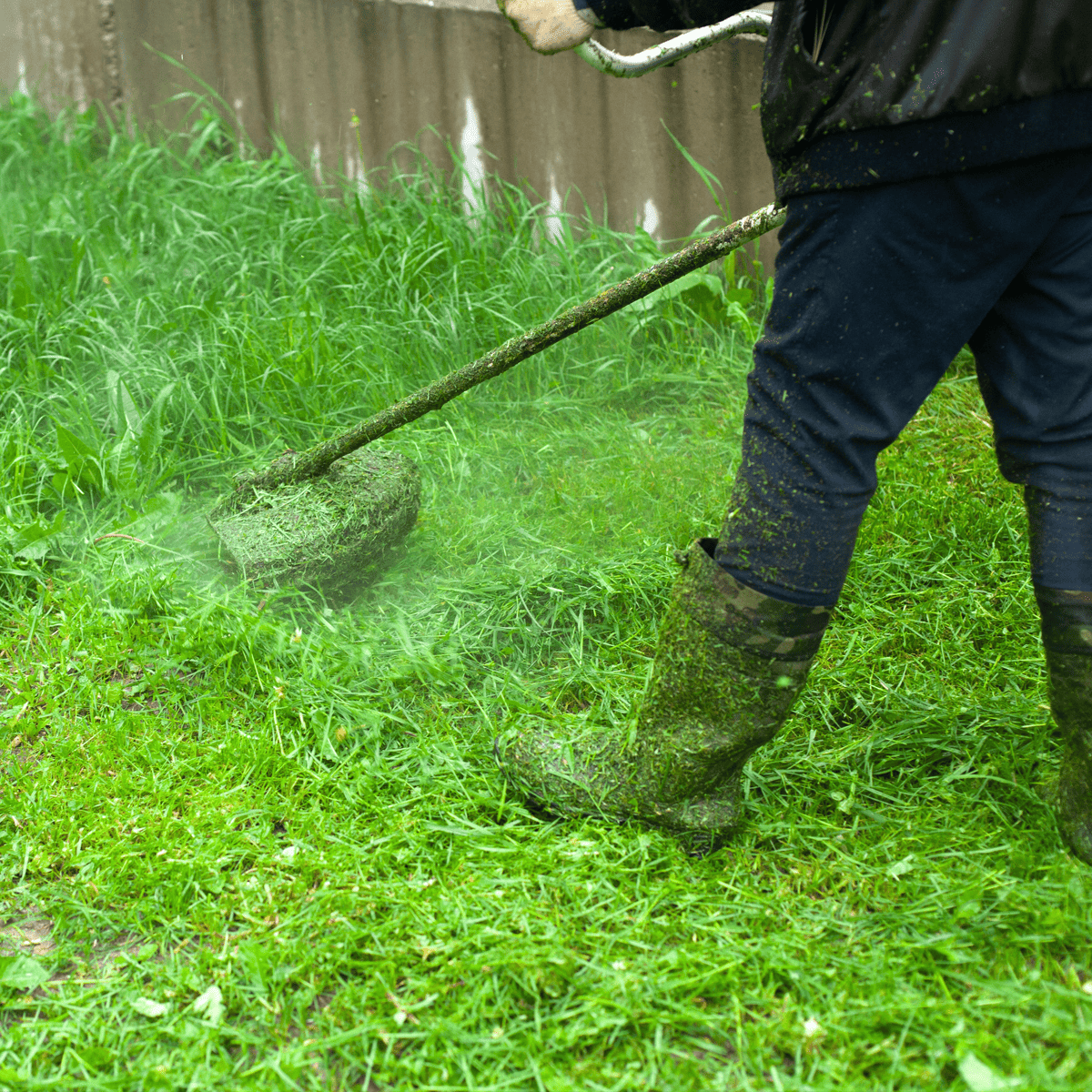Subscribe and save 17% with an annual subscription. Learn more.
Subscribe and save 17% with an annual subscription. Learn more.
In Australia, we take pride in our outdoor spaces, and a lush, green lawn is often at the heart of that. But maintaining a beautiful lawn doesn’t have to come at the expense of the environment. As we face increasing environmental challenges such as water scarcity, climate change, and habitat loss, it’s important to adopt sustainable lawn care practices that support the health of both your lawn and the planet.
At Wirri, we’re committed to helping you achieve the lawn of your dreams without harming the environment. From reducing water usage to choosing natural, eco-conscious products, we believe there’s a better way to care for your lawn. Let’s explore some of the best eco-friendly lawn care practices that will keep your lawn green and healthy while also being kind to the Earth.

The first step toward an eco-friendly lawn is choosing a grass type that suits your climate and requires less water and maintenance. Australian lawns often struggle during dry spells, especially if planted with non-native or water-thirsty grass varieties. Switching to drought-tolerant or native grasses can significantly reduce the amount of water your lawn needs while helping it thrive in Australia’s unique environment.
Recommended Grass Varieties:
Choosing the right grass variety ensures that your lawn can thrive naturally with minimal inputs, such as water and fertiliser, making it a more sustainable choice.
Water is a precious resource, especially in drought-prone areas of Australia. By adopting water-efficient practices, you can significantly reduce your water usage without sacrificing the health of your lawn. Here’s how:
Chemical fertilisers can damage your soil’s natural ecosystem and cause runoff that contaminates local waterways. Organic fertilisers, on the other hand, provide your lawn with essential nutrients in a way that supports soil health and the environment.
Benefits of Organic Fertilisers:
At Wirri, we offer eco-conscious fertilisers made from natural ingredients that support both your lawn and the environment. By using organic fertilisers, you can nourish your lawn sustainably while reducing your environmental impact.
One of the easiest ways to feed your lawn sustainably is by using compost. Compost is rich in nutrients and improves soil health, making it an excellent alternative to synthetic fertilisers. You can make your own compost at home using kitchen scraps, garden waste, and lawn clippings, turning organic matter into a powerful, eco-friendly soil conditioner.
How to Compost for Lawn Care:
Composting not only reduces waste but also creates a closed-loop system where your lawn benefits from the nutrients it generates naturally.
Weeds can quickly take over your lawn if left unchecked, but reaching for harsh herbicides isn’t the most eco-friendly option. Chemical weed killers can harm your lawn, disrupt the soil’s ecosystem, and contribute to water contamination. Instead, try these eco-friendly alternatives for keeping weeds at bay:

Reducing the amount of mowing and maintenance your lawn requires is not only good for your time management—it also lowers your carbon footprint. Traditional petrol-powered lawnmowers and other maintenance tools produce emissions that contribute to air pollution. Here’s how to reduce the impact:
An eco-friendly lawn isn’t just about sustainability—it’s also about creating a space that supports local wildlife. Consider these ways to make your lawn more biodiverse:
Caring for your lawn in an eco-friendly way doesn’t mean sacrificing beauty or health. By adopting sustainable practices like using organic fertilisers, reducing water usage, and choosing native or drought-tolerant grasses, you can create a vibrant, resilient lawn that thrives in Australia’s unique environment.
At Wirri, we believe that lawn care should be simple, effective, and kind to the planet. Our eco-conscious lawn care products are designed to help you achieve your lawn goals while reducing your environmental impact. Ready to start your journey to a greener lawn? Join the Wirri community today and let us guide you toward a more sustainable lawn care routine!
For more lawn care tips, seasonal advice, and eco-friendly product recommendations, follow the Wirri blog. Stay tuned for more insights!
Stay in the loop with special offers, lawn care tips, and more.


Wirri supports Trillion Trees Australia, the UN Sustainable Development Guide and Pledge 1% among other progressive initiatives.
Wirri acknowledges the Australian Aboriginal and Torres Strait Islander Peoples as the first inhabitants of this nation and the traditional custodians of the lands on which we live, work, and care for our environment. We recognize their continuing connection to land, water, and sky and pay our respects to Elders past, present, and emerging.